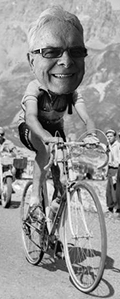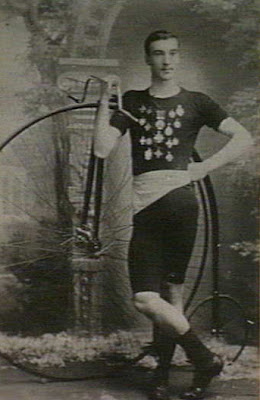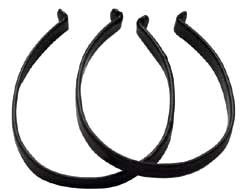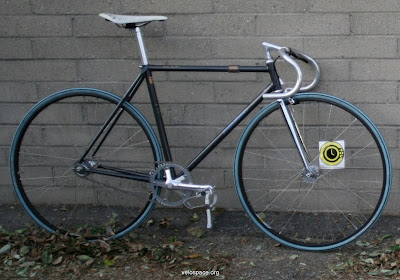Major Taylor
 Fri, February 2, 2007
Fri, February 2, 2007 
February being Black History month, I wanted to remind everyone of this remarkable athlete.
Marshall Walter ("Major") Taylor (November 26th 1878 – June 21st 1932) was an African American cyclist who won the World One-mile Track Cycling Championship in 1899, 1900, and 1901.
Major Taylor was the second black world champion in any sport, after boxer George Dixon. The Major Taylor Velodrome in Indianapolis, Indiana and a bicycle trail in Chicago are named in his honor. On July 24, 2006 the city of Worcester, MA changed the name of part of Worcester Center Boulevard to Major Taylor Boulevard.
When I started cycling in England in the early 1950s many riders had only one bike that was their transport to and from work, and at the weekends, the same bike would be used for racing. Alternatively, they would put mudguards and a saddlebag on it and go touring.
Because of this, many used a handlebar stem that was adjustable for length. It was known as a Major Taylor stem. For years I had no idea who Major Taylor was, and when I came to the US in 1979 there was still little information available about him.
This has changed in recent years thanks to the Internet. You can learn more here:
MajorTaylor.com
The Major Taylor Association
Wikipedia
A book is available on Amazon
 Dave Moulton | Comments Off |
Dave Moulton | Comments Off | 




















